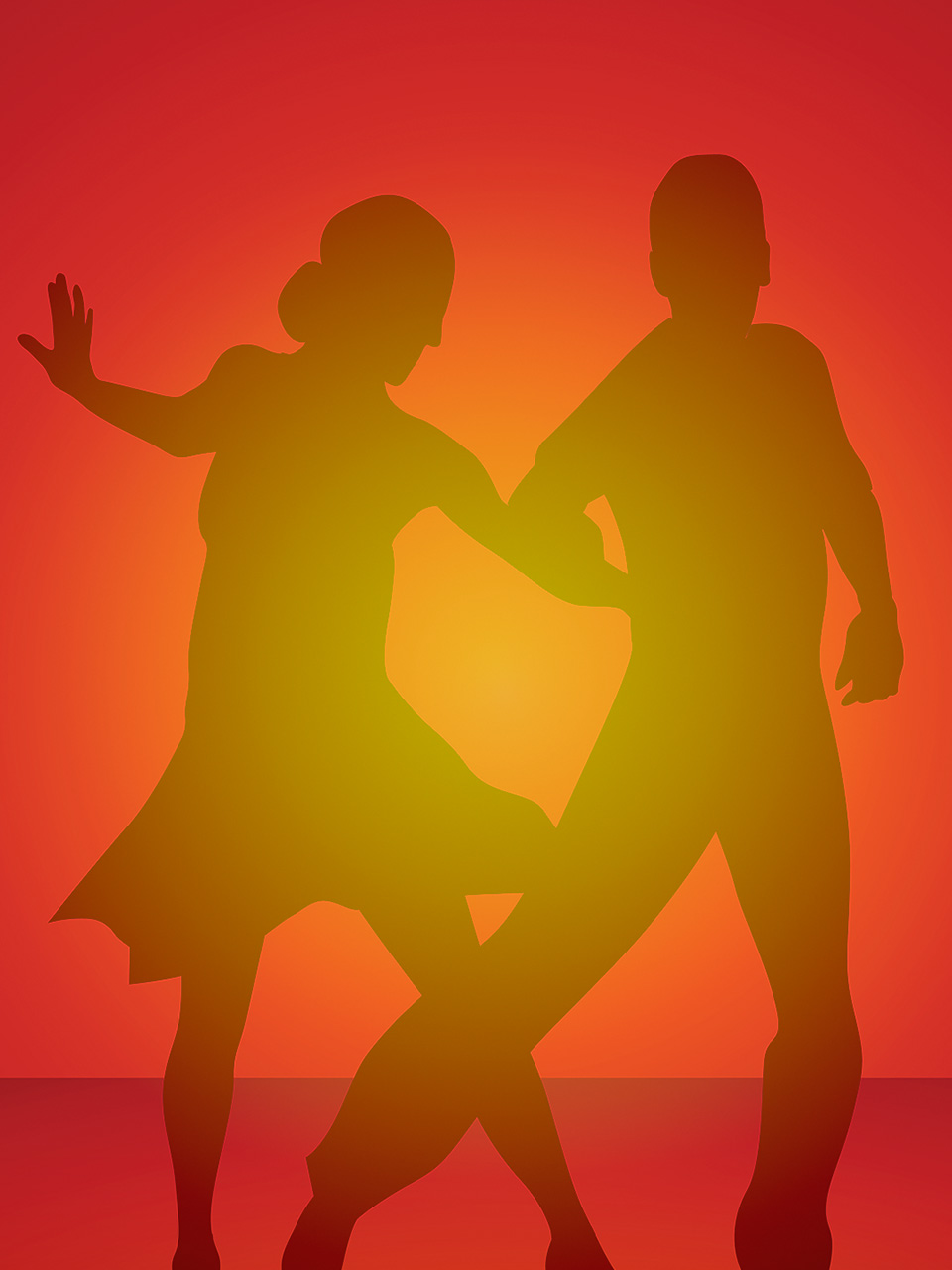
Tap to Read ➤
Types of Latin Dance
The Latin dances types described here, the Samba, Mambo, Salsa, Merengue and Cha-cha-cha. There are, however, many other Latin dance styles used in ballroom dancing.
Shashank Nakate



The dance forms which have their origin in Latin American countries (Central and South America) are known as Latin dances. These dances are categorized into social and ballroom dances. The adjectives which best describe the different Latin dance types are expressive, passionate, suggestive and romantic.

The different types of Latin dances are Salsa, Samba, Rumba, Cha-cha-cha, Merengue, Danza, Mambo, Bolero, Cumbia, Bachata and Tumba. The list presented below should help in understanding more about them.

Latin Dance Names

The following dance forms represent most of the Latin dance steps. The origin of these dance forms and their evolution can be understood by means of the information presented below.

Samba
One of the popular Latin dance types, the samba is classified in two forms; these forms are the traditional samba and modern ballroom samba. The Samba dance originated in Brazil at the beginning of 20th century. In this partner dance, the moves do not change with music.

The music in 4/4 or 2/4 time is used to perform samba. Counting of the basic steps is carried out in two ways i.e. '1-a-2' or '1-2'. A slight, dropping action is used to perform the basic steps of samba. This dance has its origin in the traditional dances of Afro-Brazilian origin.

Mambo
Invented by Perez Prado, the Mambo was a popular dance form in Cuba, New York and Mexico City. The original Mambo dance of Cuba was based on a thought that body movements and sound of music should converge together. In this form of dance, it is important to feel the music.

This concept or practice of dancing didn't go well with the dance teachers based in USA. The Mambo dance was thus, 'standardized' to make it suitable for ballrooms.
Salsa
The salsa dance is developed from the confluence of European and African cultures. It is a partner dance which first reached Puerto Rico and then spread to the Caribbean islands. The word salsa is used to refer to 'sauce' in Spanish.
Connotation of this word in American Spanish is a 'mixture of ingredients'. One has to follow a four-beat measure in salsa; there are three weight changes in these four beats.
Cha-cha-cha
This Latin American dance has its origin in Cuba. Enrique Jorrin, a Cuban violinist and composer introduced the cha-cha-cha music; the cha-cha-cha dance is named after this form of music. The shuffling of dancer's feet and rhythm of guiro led to the formation of this name, cha-cha-cha.
Today's style of cha-cha-cha dancing was developed by Monsieur Pierre a dance teacher from London. Monsieur Pierre traveled to Cuba and studied this dance. He noted that the cha-cha-cha dance starts in the second beat and has a split fourth beat. When he came back home, a new dance called ballroom cha-cha-cha was created.
Merengue
It is a Latin American dance performed in two-beats and a partner is required. The leader in this dance holds the waist of the follower with his right hand. Left hand is used by the leader to hold the follower's right hand. Knees are alternately bent at the left and right sides.
It facilitates the sideways movements of hips. In this form of dance, the partners circle each other and also walk sideways by taking small steps. Merengue is the official dance form of the Dominican Republic.
The Latin dance styles and steps described in the story should be useful in learning them. The different Latin dance types take us close to cultures of their countries of origin.se to cultures of their countries of origin.